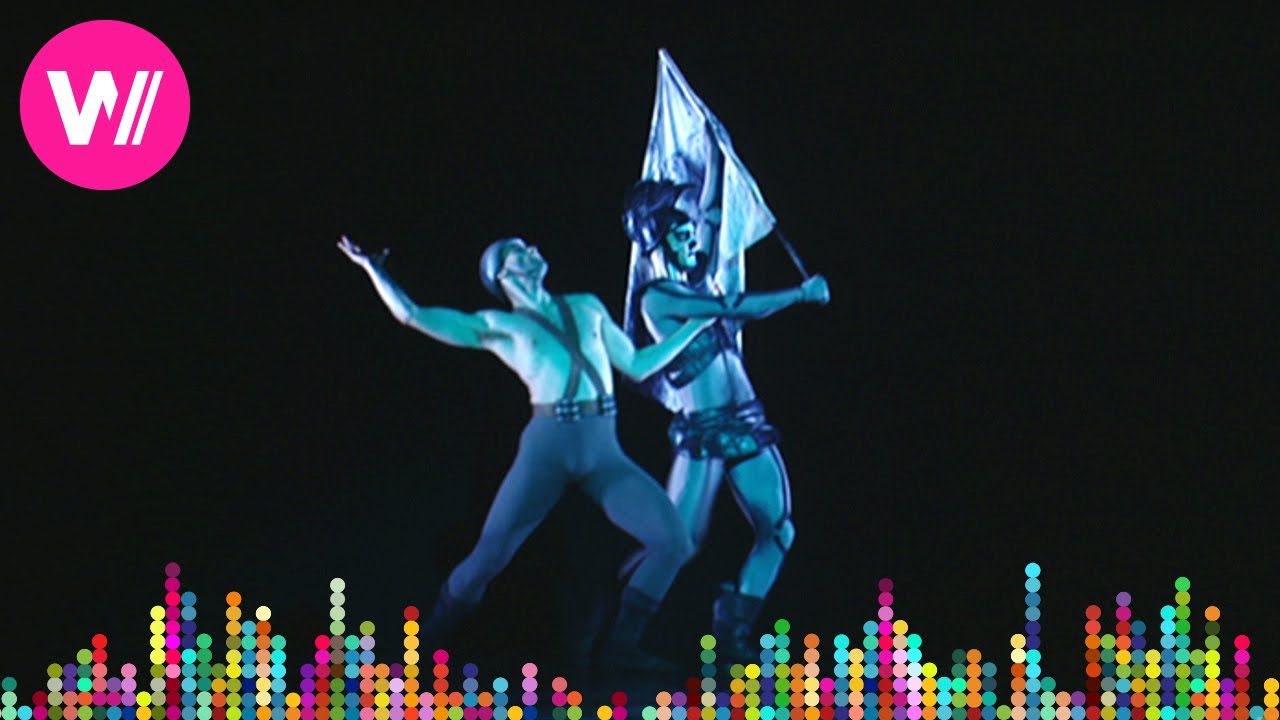Kurt Jooss’s The Green Table: horrors and fear (the Joffrey Ballet of Chicago)
Kurt Joos’s The Green Table is one of the masterpieces of twentieth-century dance. Its message of the futile, relentless tragedy of war is universal in its humanitarian appeal. Jooss created The Green Table for a choreographic competition in Paris, and the mood of post-World War I Germany helped to shape his concept.
订阅wocomoMUSIC: ❤️情人节美甲💅教程#20nails://goo.gl/ahZRzC
在 Facebook 上关注我们: 在家DIY的最佳美甲://www.facebook.com/wocomo
Jooss’ original sketches for a personal solo based on the medieval Dance of Death yielded to his conviction that a second world war was brewing under the increasingly pervasive influence of Hitler and his National Socialists. Death’s solo became instead the vortex of a ballet for his full company about the cyclical recurrence of war, its impact on humanity and the evil cynicism of those who bring it about for power, pride or profit – the “Gentlemen in Black”. Within months of winning first prize The Green Table was an international success. Jooss’s vision and his intransigent refusal to dismiss Jewish members of his troupe (including the ballet’s composer Frederic Cohen) proved so unpopular with the rising Nazi power structure that he was warned by friends to flee Germany. He escaped, with his entire company, only eighteen hours before he would have been hustled into a concentration camp.
This studio recording, featuring The Joffrey Ballet of Chicago, was staged by the choreographer’s daughter, Anna Markard, who endeavored to reconstruct his work as faithfully as possible. The sets and costumes follow the designs created by Hein Heckroth for the original 1932 production. The masks and lighting are by Markard’s husband Hermann, a painter and designer. Cohen’s score for two pianos is played by May Sofge and Fiona Boznos.
© 经 Digital Classics Distribution 许可










